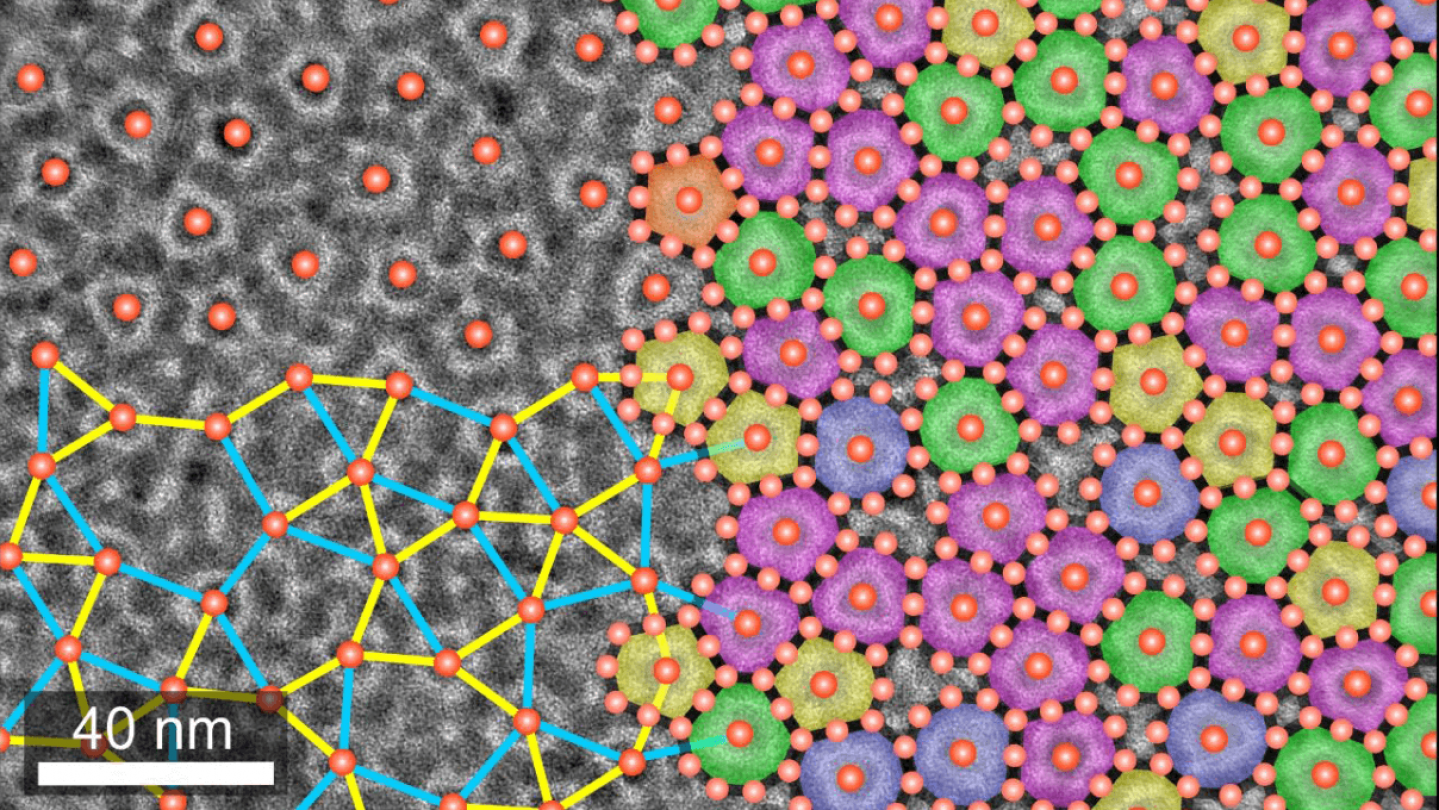
Scientists in Nebraska have discovered a new type of quasicrystal with 12-fold symmetry. Here’s everything you need to know.
What is a quasicrystal?

A quasicrystal is a type of material with properties that fall between those of a crystal and an amorphous solid. Unlike traditional crystals with a repeating and periodic structure, these have an aperiodic design. This means it does not repeat in a regular pattern. First discovered in the 1980s, it was defined as a new class of solids, redefining the definition of a crystal. A study titled ‘Electrical discharge triggers quasicrystal formation in an eolian dune’ reveals its presence in places other than meteorites and nuclear blast debris. Additionally, they can be man-made in labs. But are not a common occurrence in nature.
“The dodecagonal quasicrystal is an example of a quasicrystal of any kind formed by electrical discharge, suggesting other places to search for quasicrystals on Earth or in space and for synthesizing them in the laboratory,” stated the study. Published in the Proceedings of the National Academy of Sciences (PNAS), it is led by Luca Bindi of the University of Florence, Paul Steinhardt of Princeton University, and others.
The use of quasicrystals in everyday life
Studies reveal they have unique physical and optical properties, such as high strength and thermal conductivity. Due to their properties, they are useful across a range of industrial and technological applications, such as cookware coatings for cookware electronic components. Dan Shechtman, a material scientist first discovered that quasicrystals are mathematically regular but do not have repeating units like crystals. While studying diffraction patterns created by them, he noted that they were “a regular diffraction pattern. And this did not match any periodically repeated structure”. He was credited with the Nobel Prize in Chemistry in 2011 for his discovery.
Lab-made quasicrystals “possess novel electrical, photonic, and mechanical properties that aren’t found in other materials. Making them an attractive prospect for materials scientists”. However, this is the third time that scientists have come across them in nature. As per the study, it was created by a downed power line or a lightning strike in Nebraska, USA. The material was first found in the analysis of a meteorite sample in New Mexico.






